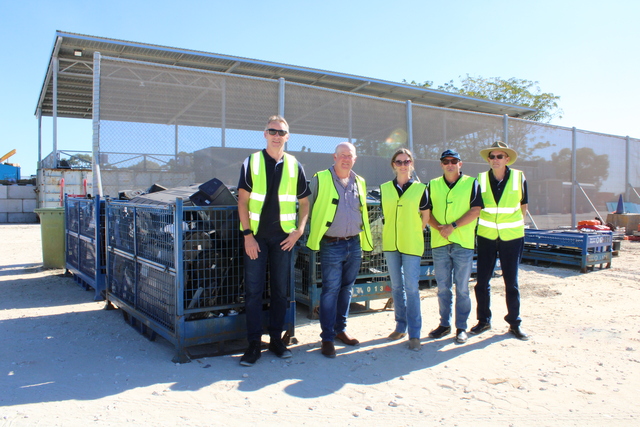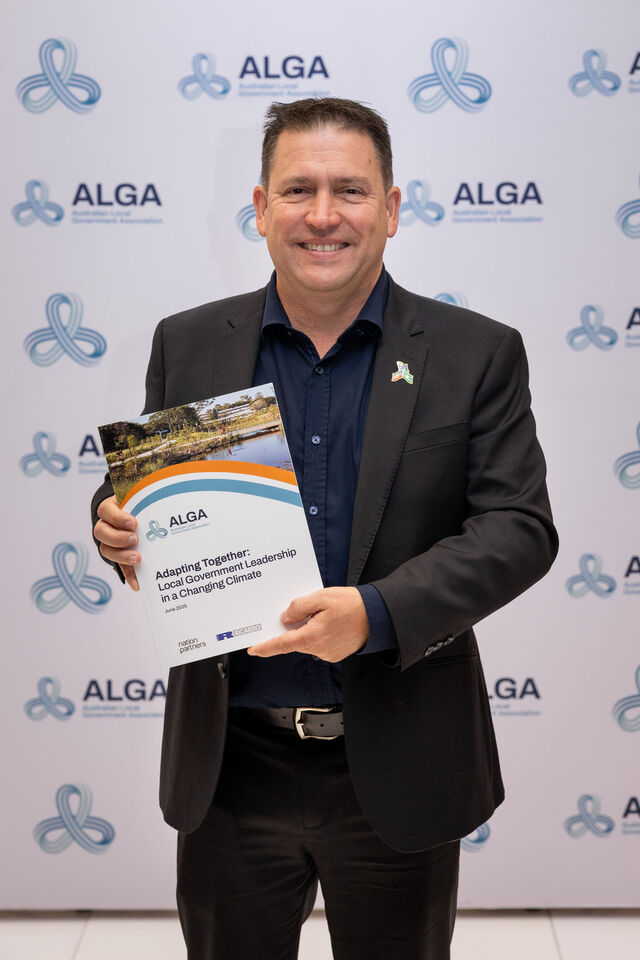Climate change is uncertain. However, we already live in a world of uncertainty. We cannot be sure what the weather will be like next month, whether our house will burn down during this year, or even whether we will be alive to witness these possible events.
However, we have learned to live with this uncertainty through the management of risk and by adopting coping strategies such as the purchase of suitable insurance.
In some cases of extreme risk, we apply what is known as the precautionary principle, which entails taking a very cautious approach. It is an excellent strategy where the risk of a particular event happening is poorly understood, where the cost of applying the principle is moderate and where the consequence of the event may well be dire.
For example, we take a precautionary approach to the wearing of seatbelts in a car. We can’t predict the accident, the cost of wearing a seatbelt is relatively minor (both in dollar terms and inconvenience) and the cost of the accident could be serious injury or death.
However, when the risk is better understood or the consequence is not so serious, the precautionary principle loses its value – and taking an over cautious approach can be costly.
A common response to uncertainty, which involves a hard headed assessment of risks rather than extreme caution, is insurance. For example, insurance companies do not know exactly if and when your house is going to be burgled, but they can estimate the risk, insure the property and still operate as a viable business.
Climate change also involves significant uncertainty.
For example, the sea level rise over this century has been estimated to be as small as 0.2 metre and up to 1 metre, possibly even larger. This uncertainty sometimes leads governments to take an over cautious approach, requiring infrastructure to be built at a height above even the most extreme projection of sea level rise.
This has the potential to be unnecessarily costly, diverting money from climate change mitigation and other more effective adaptation responses. As a rough example, for a typical major airport runway built on land reclaimed from the sea, constructing the runway just one centimetre higher would cost an additional $1 million.
While governments, at all levels, appear to be tending towards a simplistic and over cautious approach to risks of sea level rise, a more strategic approach would be to tackle the problem using formal risk assessment techniques.
This would involve estimating the likelihood of flooding of a particular piece of infrastructure during its lifetime and combining this with the consequence of such flooding (such as the dollar costs of damage) to assess what is formally termed the risk. Such techniques are commonly used within society, government and business.
To this end, a tool has been developed to assist governments, developers and planners to assess the likelihood of flooding caused by future sea level rise around Australia.
The method has been published in the prestigious journal, Climatic Change.
The Antarctic Climate Ecosystems CRC (ACE CRC), with support from the Australian Government’s Department of Climate Change, is currently running a national series of free seminars and workshops to introduce this web based tool and train people in its use. For further information, see sealevelrise.info
This tool can be used to provide a robust estimation of the likelihood of the ‘still water level’ (the water level with the waves averaged out) exceeding a certain height during any prescribed period in the 21st century.
However a full assessment of the risk would require additional information such as the effect of local winds, waves, geomorphology and infrastructure value.
The ACE CRC, the Water Research Laboratory of the University of New South Wales and consulting firm Pitt & Sherry have the skills to provide a comprehensive risk assessment and develop appropriate engineering solutions.
This group has undertaken a number of significant studies of adaptation to coastal sea level rise, including the groundbreaking study for the City of Clarence which can be found at www.ccc.tas.gov.au/webdata/resources/files/02-Interim_Scientific_and_Adaptive_Response_report_final_A348087.pdf
For further assistance contact Sven Rand on (03) 6323 1916 or go to
www.pittsh.com.au/index.php?pageid=services&group=16&service=44
*Copy supplied by ACE CRC







